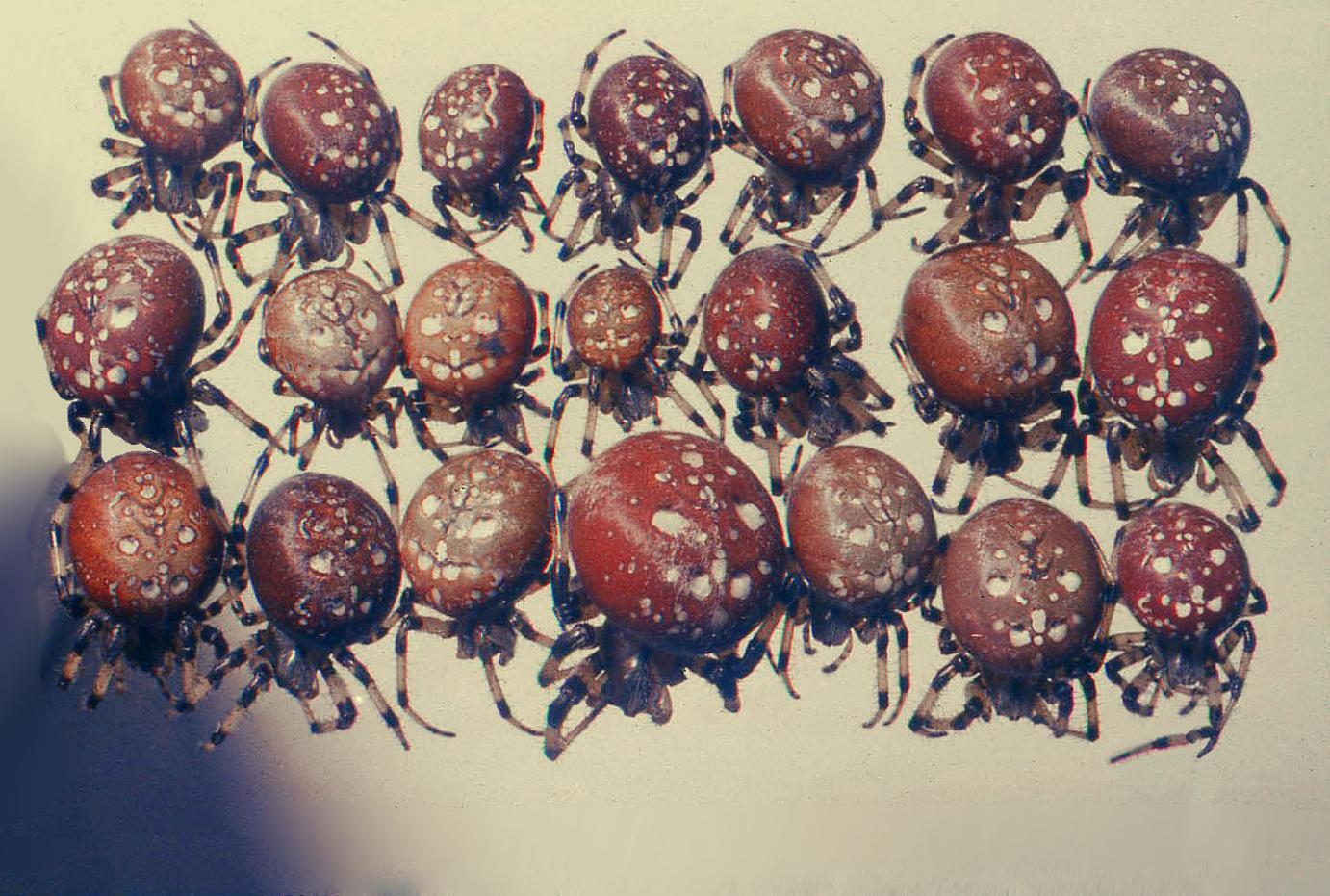
Shamrock spider, Araneus trifolium orbweavers, specimens from one site.
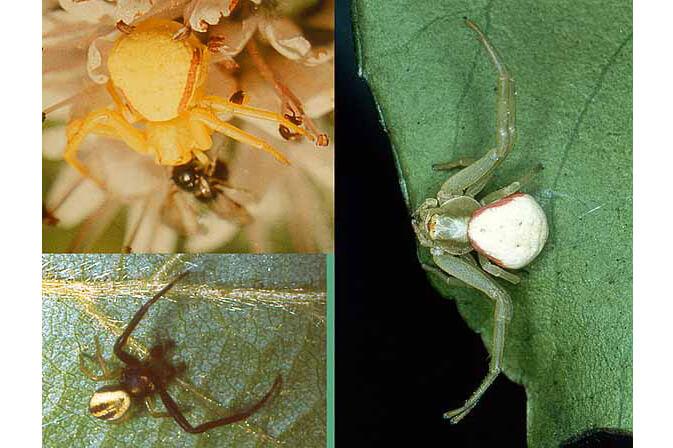
Flower crab spiders, Misumena vatia, females & male.
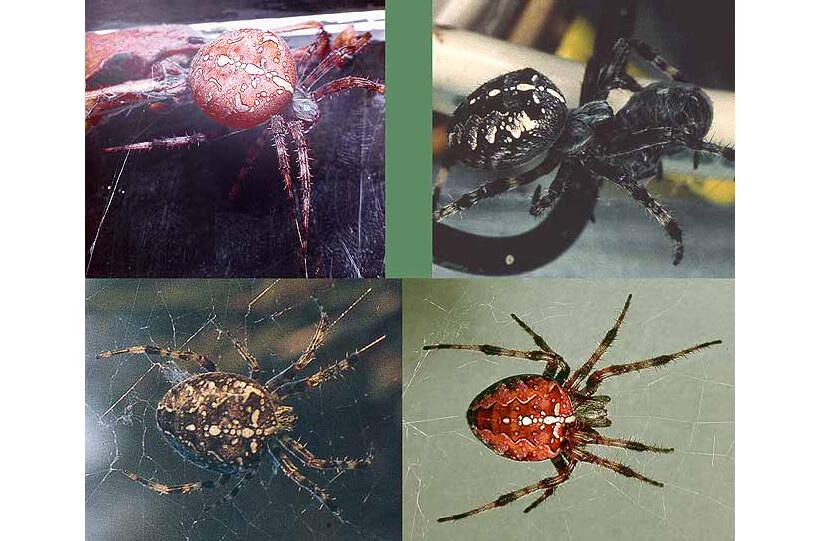
Cross spider orbweavers, Araneus diadematus, 4 different females.
There are exceptions to this rule; a very small number of species do have distinctive pattern elements; but in general, to recognize a spider by naked-eye appearance one must first know all, or almost all, the hundreds of species that live in your locality, their similarities, differences, and variability. Even then, you must usually have a microscope to do more than guess at the spider's identity.
Could you identify them?
In North America are about 150 species of Dictyna, a genus (split into smaller groups by some) of small spiders. Many, like Dictyna sublata(below, upper left), are only about 3 mm long. The whole bodies of most Dictyna look almost exactly alike and the differences are in the male and female sex organs, which are similar but not identical to each other; see male palps of 5 related species below. Could you pick out these 5 species from the 144 other Dictyna? How about without a microscope?
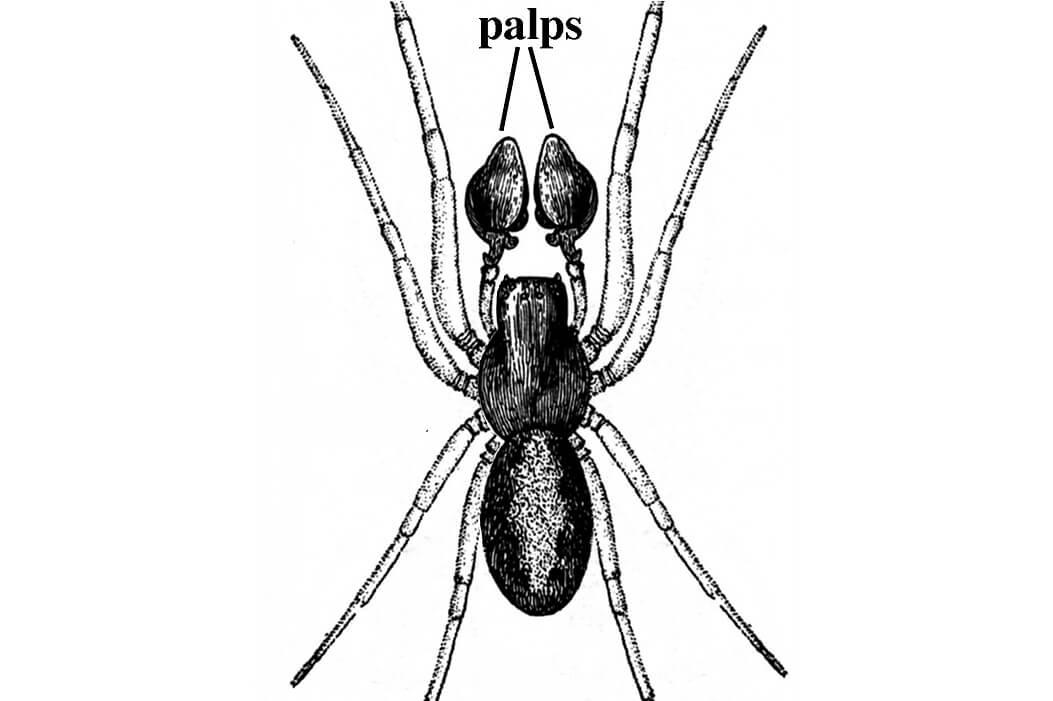
Male Dictyna sublata showing palps from above.
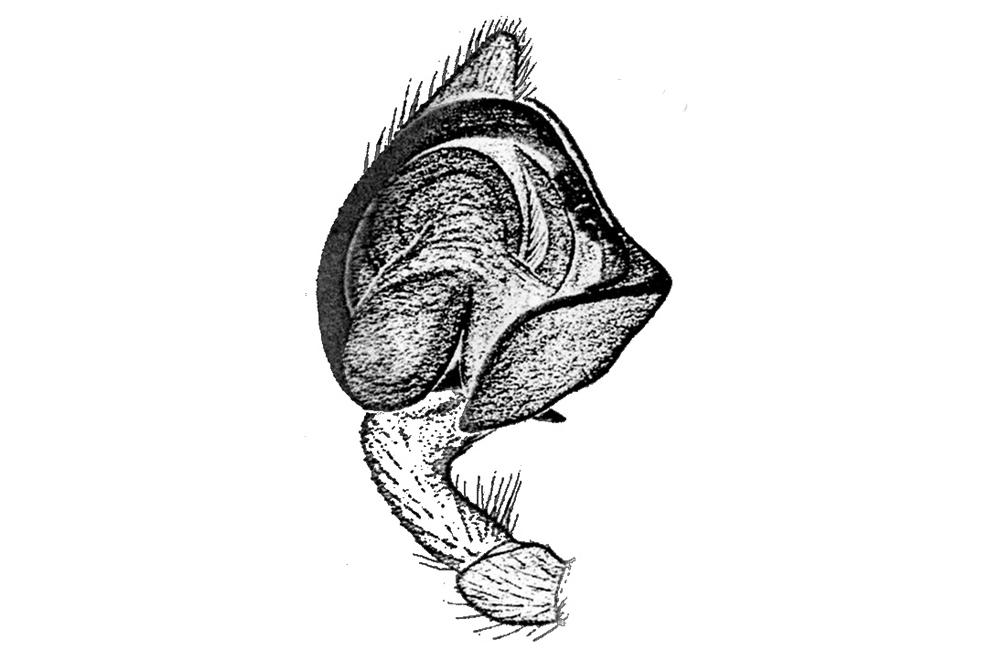
Dictyna sublata left palp from below.
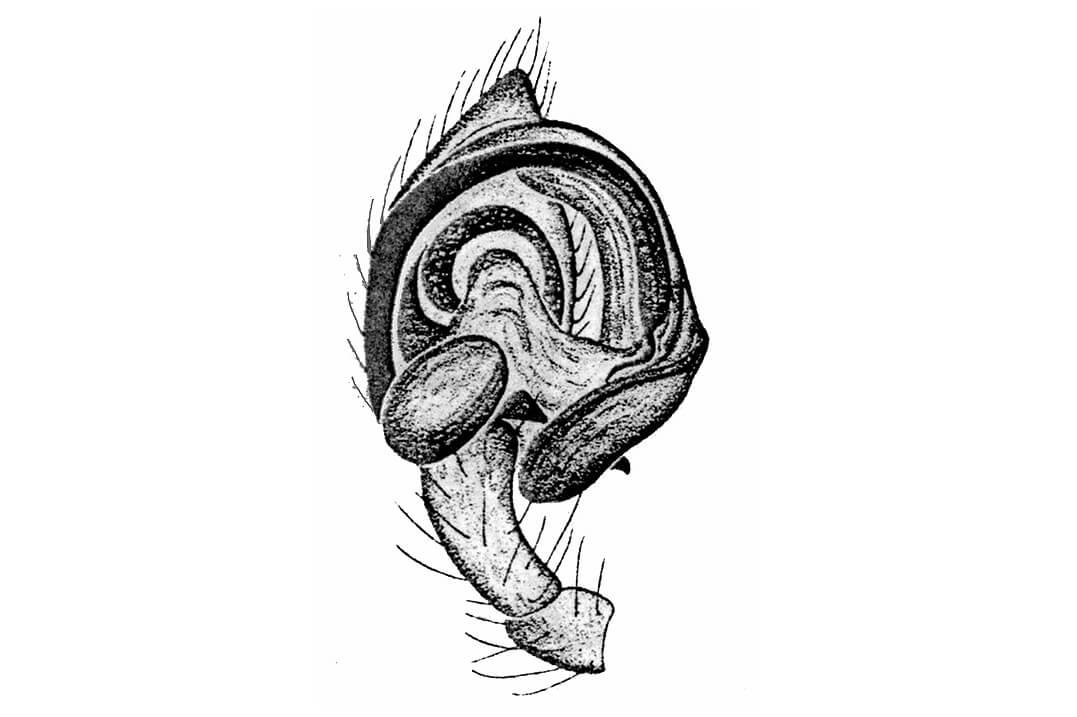
Dictyna suprenans left palp from below.
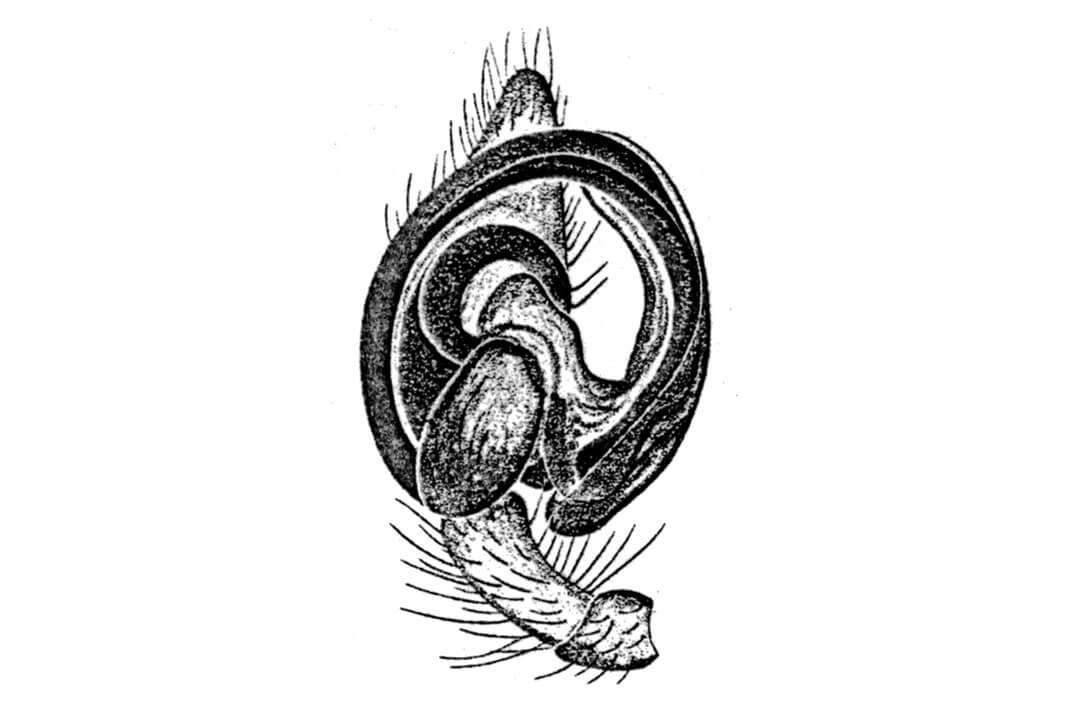
Dictyna maxima left palp from below.
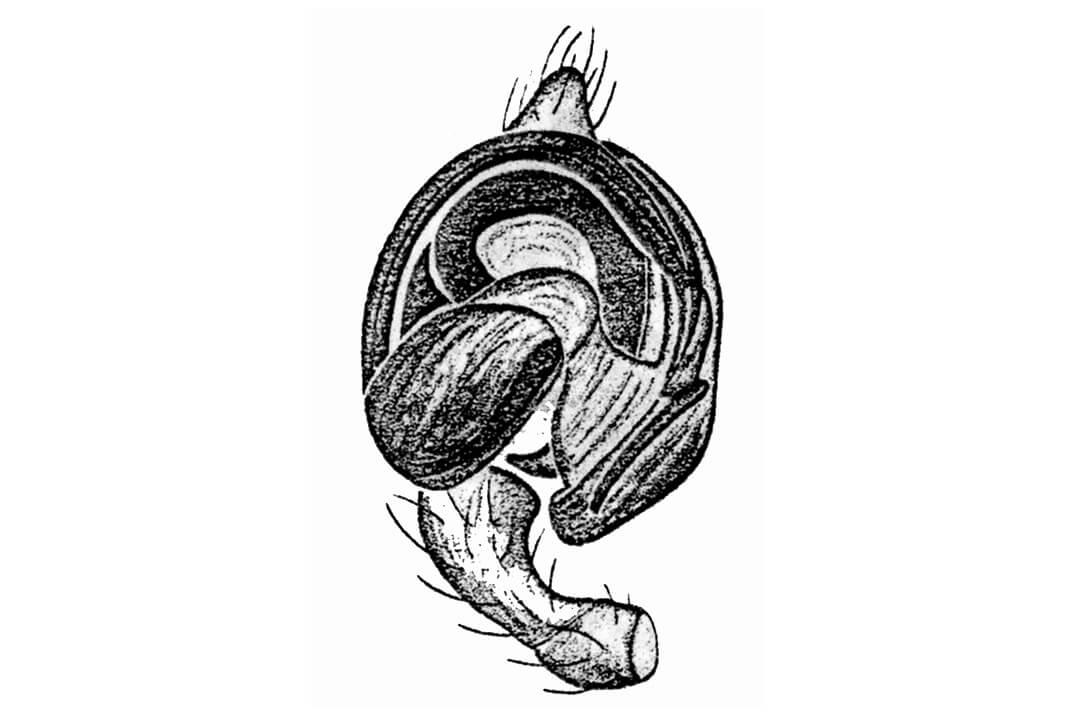
Dictyna zaba left palp from below.
.jpg)
Dictyna serena left palp from below
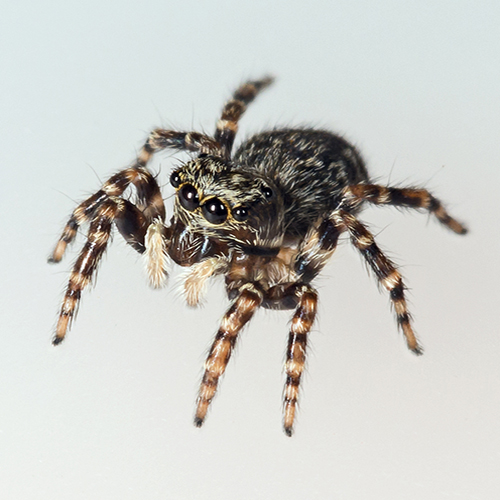
Spider Myth Resources
Explore even more! Additional spider resources and more myths (poor spiders can't catch a break!).
